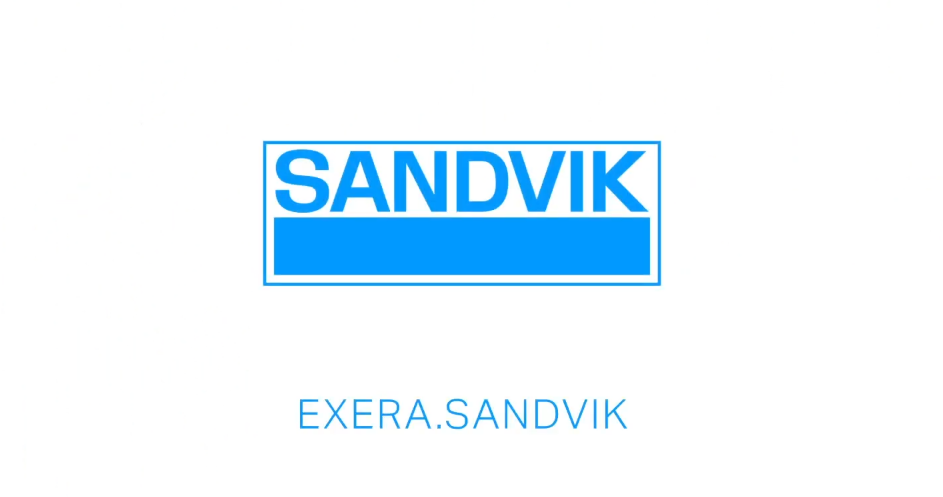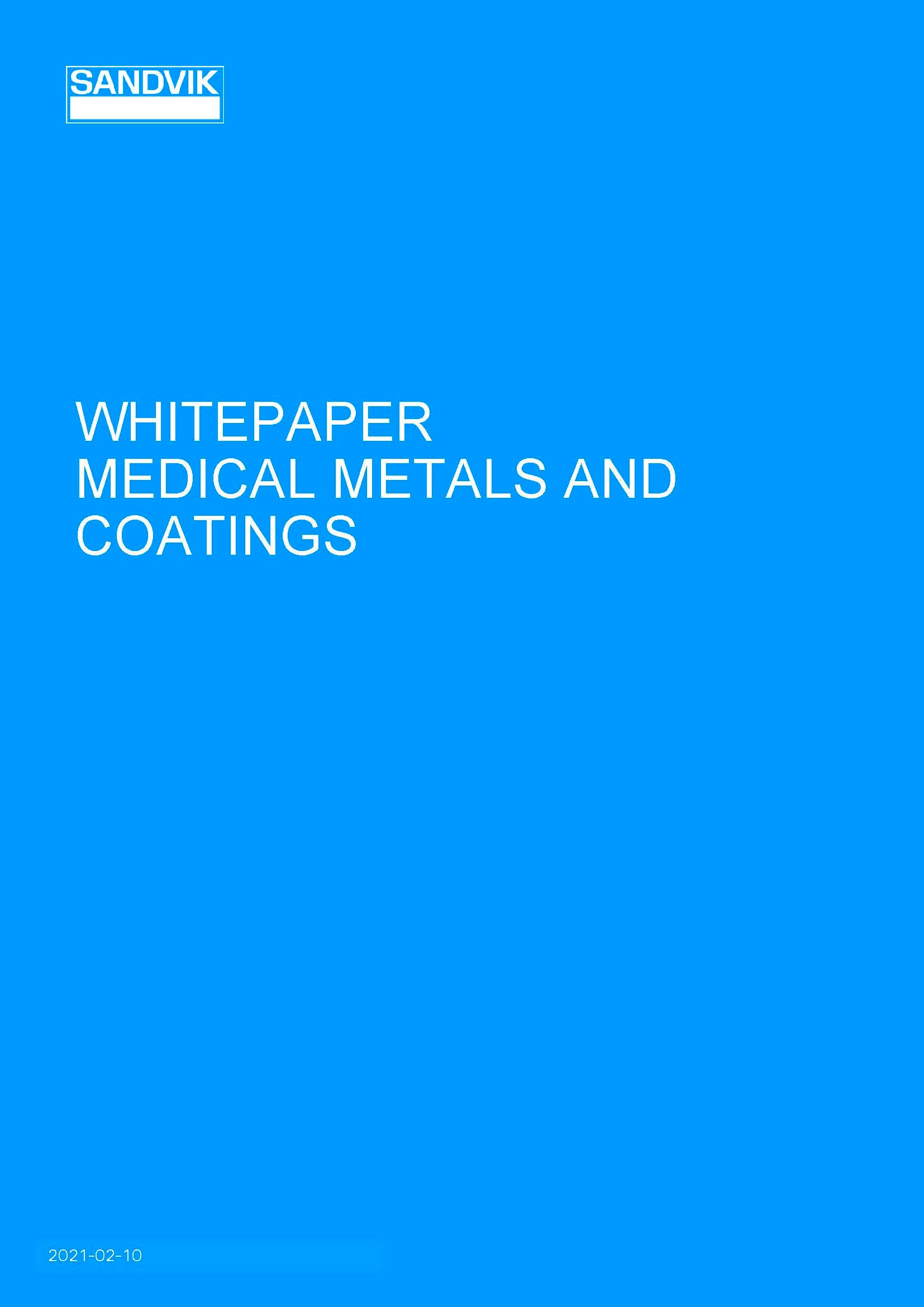
When it comes to vascular therapy, medical wire plays an essential role in navigating the body for a number of applications, including placing therapeutic devices where it is required or performing diagnostics. Components such as catheter guidewires and pacing leads must be strong, durable and possess lubricous properties in order to function correctly, make the physician’s job as easy as possible, and most importantly keep the patient safe.
Sandvik’s EXERA® range of precise medical wire can be adapted and customised for vascular therapy applications based on the company’s extensive expertise in metallurgy and synthetic coatings. For catheters and guidewires, medical device manufacturers use coiled wires and braid-reinforced shafts. Sandvik offers customised coiling services and specifically developed metals with excellent winding ability, as well as round and flat wire used for braided catheter reinforcement.
According to Gary Davies, manager business unit medical at Sandvik Materials Technology: “When catheter guide wires are incorporated into the vascular system it’s quite a torturous path, so it has to be very flexible and responsive to turning in order to reach the correct region of the patient’s anatomy. If you’re navigating part of the arterial system, you need very precise movement as not to cause any damage. Sandvik develops stainless steel and other key alloys that behaves to perform these functions in the body.”
“There are devices that are used to measure pressure drop which translates to how much flow is going past a lesion,” Davies continues. “Sandvik is involved with products that are used to measure that pressure drop. Therefore, many of these wire-based products that we’re making are used not only in the placement of therapeutic devices but also for sensing applications.”
Catheter guidewires are used by physicians for a number of applications, including placing medical devices, cardiac catheterisation/diagnostics, clearing arterial blockages, or crossing lesions. Precise medical wire needs to offer anti-corrosion properties, moderate tensile strength, and fatigue relaxation resistance. Stainless steel and other alloys and complimentary coating solutions are carefully developed to meet these needs.
The coating on the outside of the wire or the coiled catheter has to be lubricious and constructed from a material that does not flake off or become a contaminant in the device. A robustly applied PTFE coating will give the wire non-stick, low-friction properties without the risk of propagating foreign materials in the body.
In addition to catheter guidewires, pacemaker leads also rely on high-quality medical wire. For this application, Sandvik offers wire with ultra-high strength and ductility, as well as excellent corrosion resistance.
“The tried and trusted method of cardiac pacemakers is still a wire-based system,” Davis explains. “There are wires that are used to conduct energy coming from a battery pack that’s located just under the skin. That electrical energy is conveyed through wires comprising part of the cardiac pacemaker lead system to stimulate the heart to make sure that it’s beating and maintaining a steady rhythm.
This means than pacing leads are subject to a great deal of cyclic fatigue and require excellent conductive qualities. There is usually a lot of redundancy with pacemaker leads in case there is a breakage and another wire needs to take over, so the electrical energy of these different leads is kept separate using a dielectric coating. Having high dielectric strength is also a safeguard against the pacemaker device from shorting. The EXERA® branded wires deliver excellent fatigue and relaxation resistance, as well as insulating polymer coatings.
For more information about EXERA® medical wire properties used for vascular therapy, including the Sandvik 12R10 HV medical wire (‘304V’, UNS S30400) and Sandvik 316LVM medical wire (UNS S31673), visit their website.



